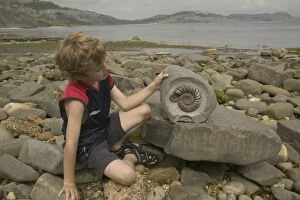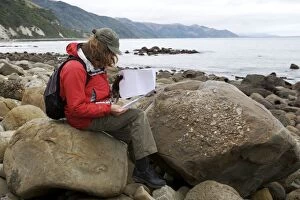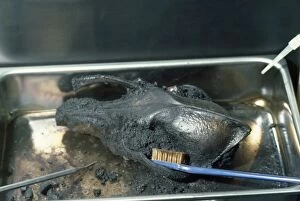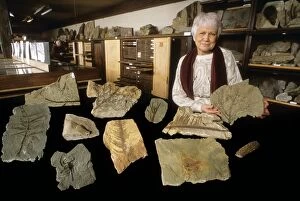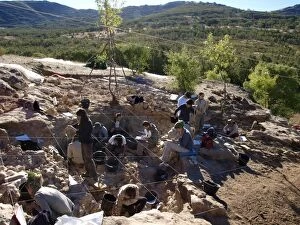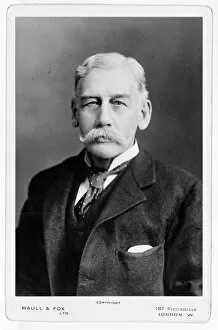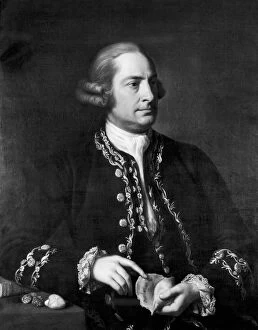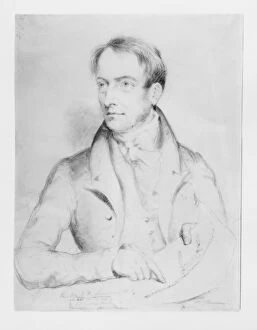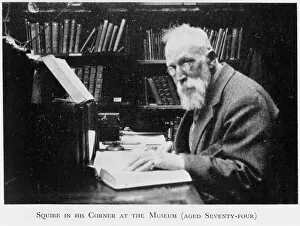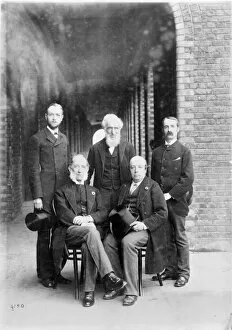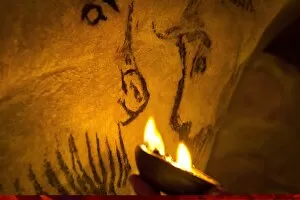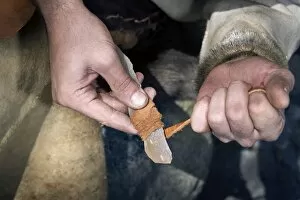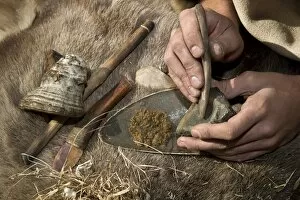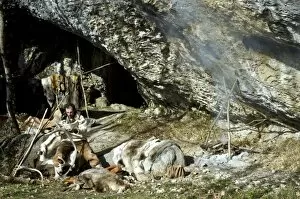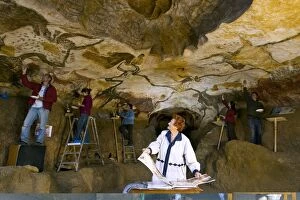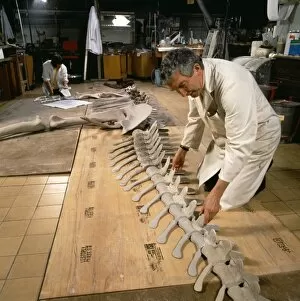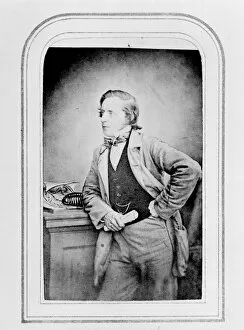Palaeontologist Collection (#2)
"Unearthing the Secrets of the Past: The Fascinating World of Palaeontologists" Step into the world of palaeontology
For sale as Licensed Images
Choose your image, Select your licence and Download the media
"Unearthing the Secrets of the Past: The Fascinating World of Palaeontologists" Step into the world of palaeontology, where scientists unravel the mysteries of ancient lifeforms that once roamed our planet. From groundbreaking discoveries to influential figures, this captivating field has shaped our understanding of Earth's history. In 1660, The Royal Society was established in England, laying the foundation for scientific exploration and discovery. Engravings from this era depict scholars engrossed in their studies, setting the stage for future generations. One such luminary is Stephen Gould, a renowned US palaeontologist whose work revolutionized evolutionary biology. His theories on punctuated equilibrium challenged traditional views and sparked new debates within the scientific community. Sir Richard Owen (1804-1892), a prominent British palaeontologist, left an indelible mark on his field. Known for coining the term "dinosaur, " he meticulously studied fossils and even had a caricature published in Punch Magazine highlighting his expertise. Othaniel Marsh's 1890 cartoon portrayal in Vanity Fair showcased how palaeontology captured public imagination during that time. It depicted him surrounded by dinosaur bones - symbols of both fascination and awe-inspiring discovery. Richard Owen's dedication to his craft is evident through images like his study at BMNH in 1883 or as portrayed by artist Leslie Ward in Vanity Fair's caricature from 1873. These glimpses into his life reveal a man consumed by curiosity and driven to expand our knowledge of prehistoric creatures. Palaeontologists continue their tireless efforts today; Lynett Gillette examines Coelophysis bones with precision—a small carnivorous dinosaur from Late Triassic times—unveiling clues about its behavior and habitat millions of years ago. The influence extends beyond Britain and America; Prof. Hitchcock remains an enigmatic figure despite being immortalized in photographs dating back to ca. 1860-1865.

